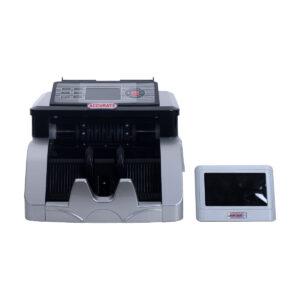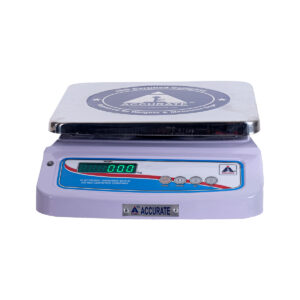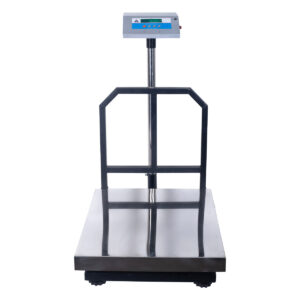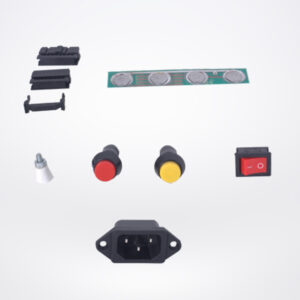1. Enhanced Precision and Accuracy
Improved Calibration Quality: Al-powered systems can analyze extensive datasets to optimize calibration procedures, resulting in more precise and accurate calibration outcomes.
Real-Time Adjustments: Al can continuously monitor instruments and make real- time adjustments to ensure consistent measurement accuracy.
2. Predictive Maintenance:
Issue Prediction: By analyzing patterns and trends in data, Al can predict when a measuring instrument is likely to experience issues or drift out of calibration.
Preventative Action: Customers can schedule maintenance or recalibration proactively, minimizing downtime and reducing the risk of costly measurement errors.
3. Cost and Time Savings:
Optimized Calibration Cycles: Al can recommend optimal calibration intervals based on usage data, reducing unnecessary calibrations and associated costs.
Reduced Downtime: By predicting and preventing issues, Al-powered calibration minimizes downtime, allowing customers to maximize productivity.
4. Improved Compliance: Consistent Standards: Al-powered calibration ensures that measuring instruments consistently meet legal metrology standards, supporting compliance and regulatory requirements.
Automated Documentation: Al can generate and maintain calibration records automatically, simplifying compliance audits and reporting.
5. Custom Calibration Services:
Tailored Calibration Plans: Al can analyze customer-specific data to create customized calibration plans that align with unique operational needs and requirements. Adaptive Calibration: As customer needs evolve, Al can adjust calibration plans to ensure ongoing precision and compliance.
6. User-Friendly Interfaces
Simplified Calibration Processes: Al-powered calibration systems often feature intuitive user interfaces, making it easier for customers to manage calibration tasks. Guided Calibration: Some Al systems offer step-by-step guidance, reducing the learning curve and making calibration accessible to non-experts.
Improved Calibration Quality: Al-powered systems can analyze extensive datasets to optimize calibration procedures, resulting in more precise and accurate calibration outcomes.
Real-Time Adjustments: Al can continuously monitor instruments and make real- time adjustments to ensure consistent measurement accuracy.
2. Predictive Maintenance:
Issue Prediction: By analyzing patterns and trends in data, Al can predict when a measuring instrument is likely to experience issues or drift out of calibration.
Preventative Action: Customers can schedule maintenance or recalibration proactively, minimizing downtime and reducing the risk of costly measurement errors.
3. Cost and Time Savings:
Optimized Calibration Cycles: Al can recommend optimal calibration intervals based on usage data, reducing unnecessary calibrations and associated costs.
Reduced Downtime: By predicting and preventing issues, Al-powered calibration minimizes downtime, allowing customers to maximize productivity.
4. Improved Compliance: Consistent Standards: Al-powered calibration ensures that measuring instruments consistently meet legal metrology standards, supporting compliance and regulatory requirements.
Automated Documentation: Al can generate and maintain calibration records automatically, simplifying compliance audits and reporting.
5. Custom Calibration Services:
Tailored Calibration Plans: Al can analyze customer-specific data to create customized calibration plans that align with unique operational needs and requirements. Adaptive Calibration: As customer needs evolve, Al can adjust calibration plans to ensure ongoing precision and compliance.
6. User-Friendly Interfaces
Simplified Calibration Processes: Al-powered calibration systems often feature intuitive user interfaces, making it easier for customers to manage calibration tasks. Guided Calibration: Some Al systems offer step-by-step guidance, reducing the learning curve and making calibration accessible to non-experts.









